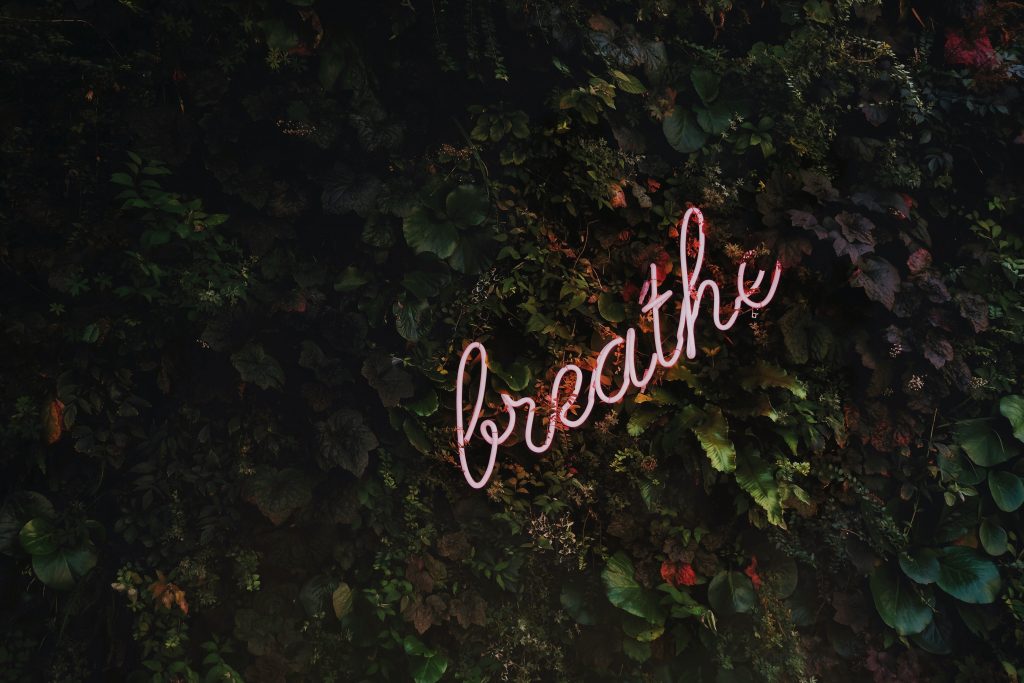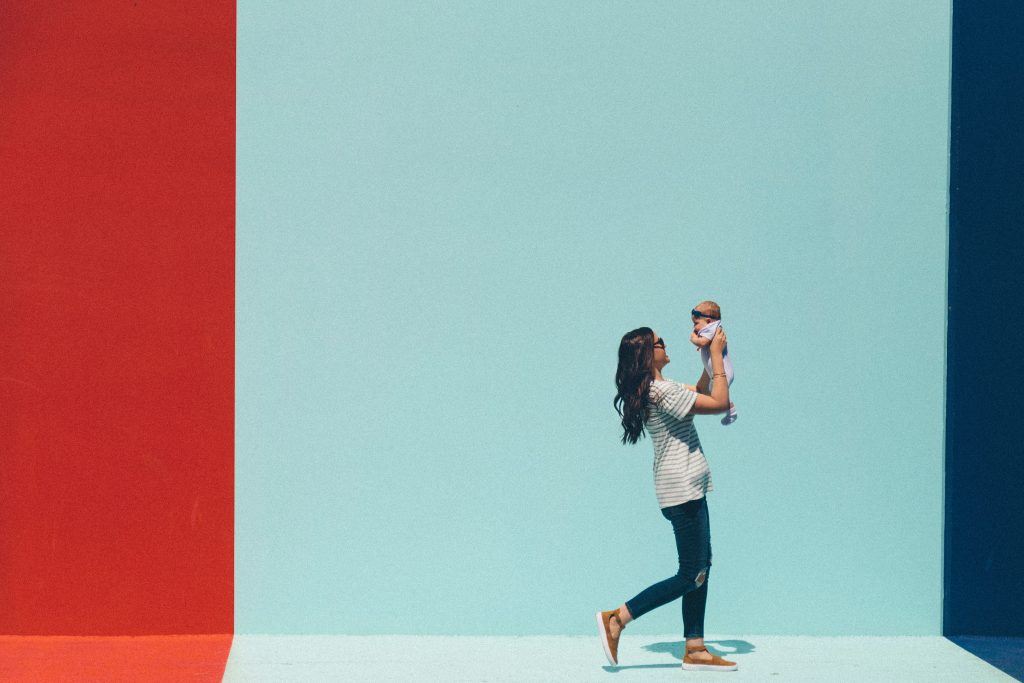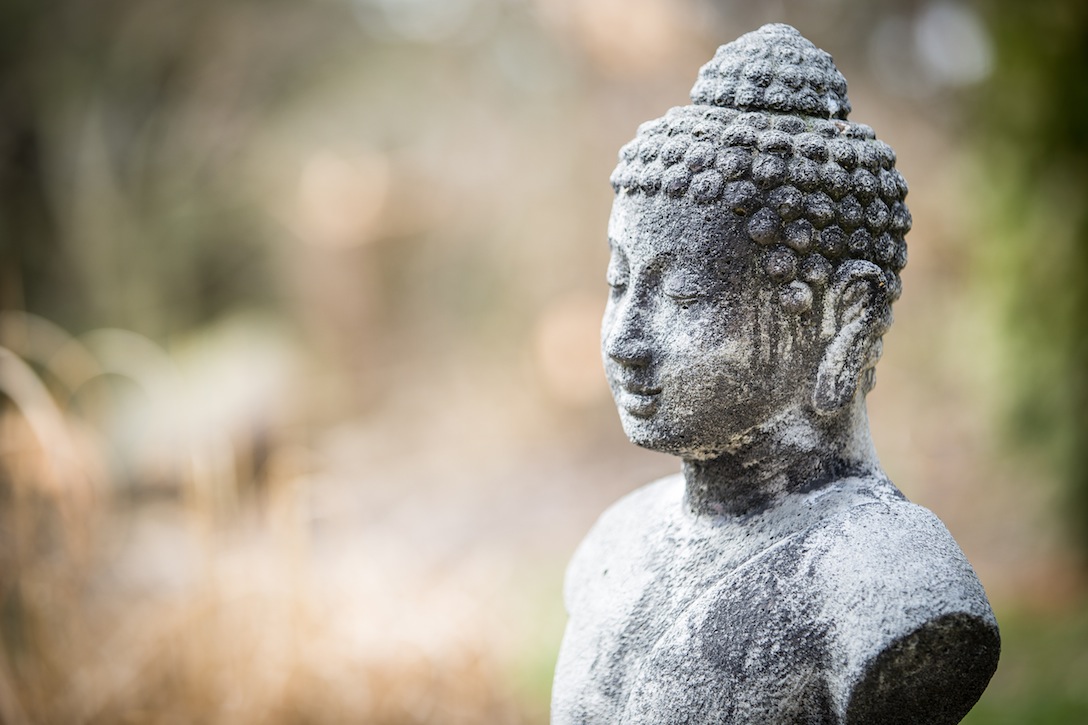Often when I teach a yoga class or take a yoga class, the subject to living your yoga off the mat comes up. But your life off the mat also shows up in your practice.
If you have shoulder issues. Perhaps you feel like you’re carrying the weight of the world on your shoulders.
If you back hurts. Perhaps you feel like you’ve been stabbed in the back by someone?
Do you have a pain in the neck? Enough said about that one.
Emotions like anger and stress can cause clenching of the jaw and muscles around the mouth. Release the jaw by a simple Lion’s breath or you could try yawning or sighing with an open mouth.
Yogic wisdom states that we hold emotions in our hips. Could this be the source of your tight hips? Have you ever been washed over by a sudden and extreme mood change while practicing a hip opener? Whether it is one traumatic event, or multiple small events, the feelings of fear, anxiety and sadness are stored in the hips until we bring them to the surface and allow a release. The longer you suppress emotion, the tighter the grasp. Some may refer to these emotions as being “stuck” or “trapped” in the body. Hips don’t lie. In fact, the body can’t lie.
And then there’s backbends. I see them as troublesome in two ways. Firstly, trust. Do you have trouble trusting that your back has you? That you have the strength to hold a back bend? Or do you feel too vulnerable opening your heart up in the back bend? Many people have the posture of rolling forward, protecting their soft underbelly and their heart.
During the practice of yoga asanas, you realize how rigid you are physically. It takes a little more awareness for you to know the rigidity in your mind and emotions. Somebody who is very rigid in their thoughts and emotions believes they are perfect because they don’t allow room for any other way of looking, thinking, or feeling. When you meet such a person, you think they are pig-headed, but they think they are perfect.
If balancing poses are hard, ask yourself, “is my life is out of balance?”
If you feel weak in plank pose, is there somewhere in your life where you could show more strength?
We know that our minds carry our emotional stress, but our bodies do, too. And the physical clues we experience could be telltale signs of emotional memories.
According to the late neuropharmacologist Candace Pert, the “body is your subconscious mind. Our physical body can be changed by the emotions we experience.” Her research reveals the integrated physiology behind emotion-body connection:
“A feeling sparked in our mind-or body-will translate as a peptide being released somewhere. [Organs, tissues, skin, muscle and endocrine glands] all have peptide receptors on them and can access and store emotional information. This means the emotional memory is stored in many places in the body, not just or even primarily, in the brain. You can access emotional memory anywhere in the peptide/receptor network, in any number of ways. I think unexpressed emotions are literally lodged in the body. The real true emotions that need to be expressed are in the body, trying to move up and be expressed and thereby integrated, made whole, and healed.”
Anger and pride fire up the head, neck, and shoulders. Anxiety and fear activate the chest, an area where people with panic attacks often feel tightness. Depression deactivates most of the body, especially the limbs, consistent with the sensation of heavy limbs that many people with depression experience.
Neurophysiologists explain that with repeated stress, people over time have shorter and shorter neck and shoulder muscles. Researchers at Massachusetts General Hospital found that people with depression had chronically tight brow muscles (corrugator muscles) even when they did not think they were frowning. Multiple studies indicate that an increased mental workload results in increased muscle tension in the cervical and shoulder areas, particularly for people working at computers.
Take the time to see where you might be storing stress in your body. Every body is unique, and our bodies change day to day. Notice where you hold onto different emotions and kickstart the process of releasing negative emotions with the first step—giving your body attention and awareness.




 A Mala is a string of beads used to count mantras (Sanskrit prayers) in sets of 108 repetitions. The practice of chanting a mantra is used as a form of meditation. A mantra is a word or series of words chanted aloud or silently to invoke spiritual qualities. In the yogic tradition a mantra is a Sanskrit word that has special powers to transform consciousness, promote healing or fulfill desires.
A Mala is a string of beads used to count mantras (Sanskrit prayers) in sets of 108 repetitions. The practice of chanting a mantra is used as a form of meditation. A mantra is a word or series of words chanted aloud or silently to invoke spiritual qualities. In the yogic tradition a mantra is a Sanskrit word that has special powers to transform consciousness, promote healing or fulfill desires.